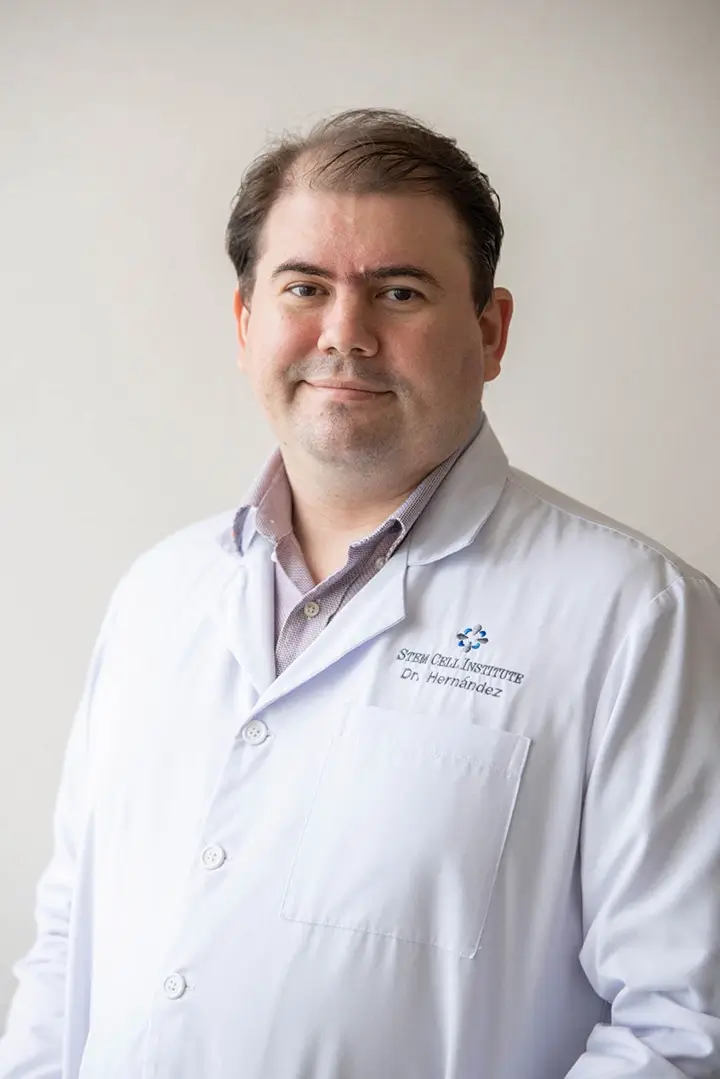Sickle cell anemia is a genetic disorder that affects approximately 80,000 Americans, primarily of African-American origin. It is characterized by defective production of red blood cells which makes them extremely fragile and not capable of fully transporting oxygen.
In the December 10th issue of the New England Journal of Medicine a report describing a clinical trial performed at the Clinical Center of the National Institutes of Health in Bethesda, was published that described successful treatment of 9 out of 10 adults suffering from this condition.
"This trial represents a major milestone in developing a therapy aimed at curing sickle cell disease," said NIDDK Director Griffin P. Rodgers M.D. "Our modified transplant regimen changes the equation for treating adult patients with severe disease in a safer, more effective way."
The use of stem cell transplantation for genetic conditions is now becoming increasingly commonplace. For example, cord blood stem cells have been used to treat conditions such as Krabbe Disease, which is a lethal metabolic abnormality. The reason that the current study is so important was that it used a type of "conditioning regimen" that was substantially less toxic than previously performed.
In an older study about 200 children with severe sickle cell disease were cured with bone marrow transplants after receiving high doses of chemotherapy. That protocol was too toxic for adults, whose organs are damaged from the prolonged exposure to abnormal red blood cells and their breakdown products. The current treatment method is applicable to adults.
Stem cell transplantation for conditions like leukemias require the recipient bone marrow to be destroyed prior to administration of the new stem cells. In conditions such as sickle cell, one does not need to completely destroy the recipient bone marrow but merely to replace it with enough healthy stem cells so as to produce sufficient quantities of healthy red blood cells. Although this has theoretically been discussed in sickle cell anemia, to date, the current study is the first one to actually demonstrate this. It is anticipated that future studies of this sort will be conducted to attempt treatment of other metabolic abnormalities.

